For around six centuries the history of the Borromeo Family has been interwoven with that of Lago Maggiore.
The purchase of the Rocca di Angera in 1449 and of the first area of land on Isola Madre in 1501 marked the beginning of a unique relationship with these locations, which still have a great value today.
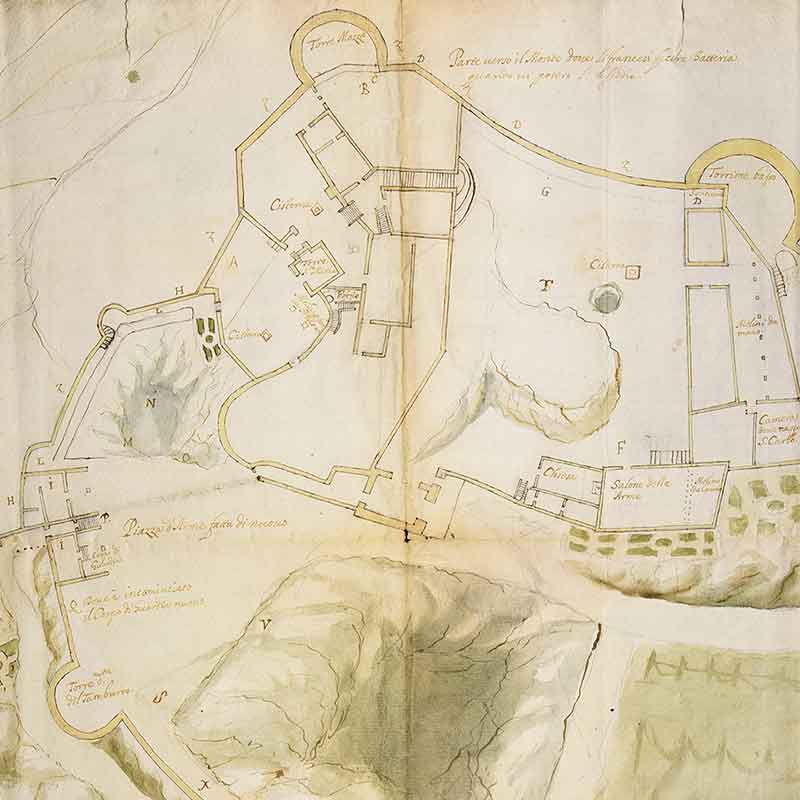 1439 - Rocca di Arona
1439 - Rocca di Arona
ROCCA DI ARONA
Acquisition of Rocca
Filippo Maria Visconti transferred the Rocca di Arona, together with the entire Comune, as a fiefdom to Vitaliano I Borromeo. For a good four centuries the fortress remained in the hands of the Borromeo family, and it was even the birthplace of future Cardinal San Carlo Borromeo.
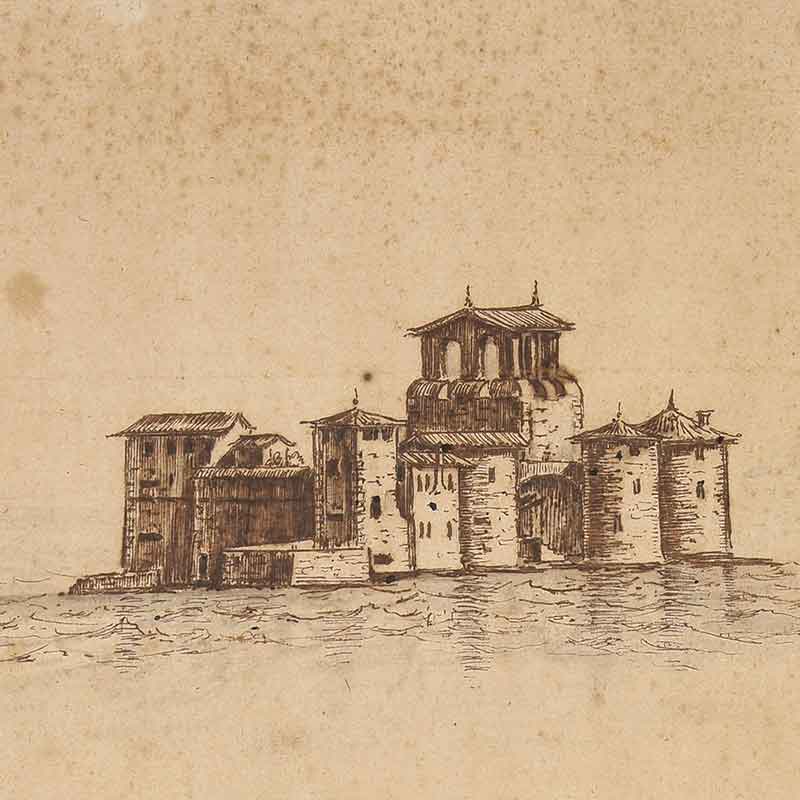 1519 - Castles of Cannero
1519 - Castles of Cannero
CASTELLI DI CANNERO
Lodovico Borromeo and the acquisition of the castles
Lodovico Borromeo expelled the Malpaga family from the castles of Cannero, on the border with Switzerland. In the archive documents we read that on 6 October 1519, the day before the day of Santa Giustina Borromeo, he began the construction of the fortress, called Vitaliana in honour of the founder of the family.
In a very short time the fortification was completed and subsequently, having become useless from the military point of view, it was abandoned in the century that followed. The castles stand on two rocks a short distance from the shore and are currently in the process of restructuring: they will soon be open to the public.
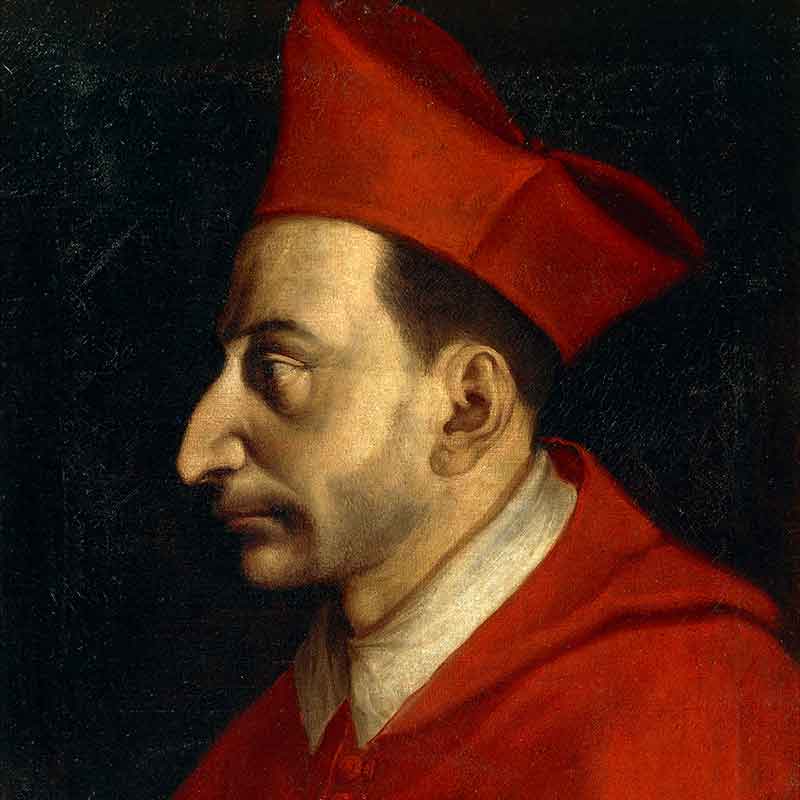 1538 - Saint Carlo Borromeo
1538 - Saint Carlo Borromeo
THE PROTAGONISTS
Born of Saint Carlo Borromeo
In the Rocca di Arona, in the room known as the Room of the Three Lakes, subsequently dedicated to him, San Carlo Borromeo, cardinal and archbishop of Milan, who was to be proclaimed a saint in Rome on 1 November 1610, was born.
Much loved in his diocese for his numerous good works and for the abnegation and the spirit of sacrifice he showed during the plague of 1576-1577, he was an important figure for the history of the Church, of which he was a great reformer and one of the protagonists of the Council of Trento.
There is also a huge statue of him in Arona, the so-called Sancarlone, erected shortly after his death.
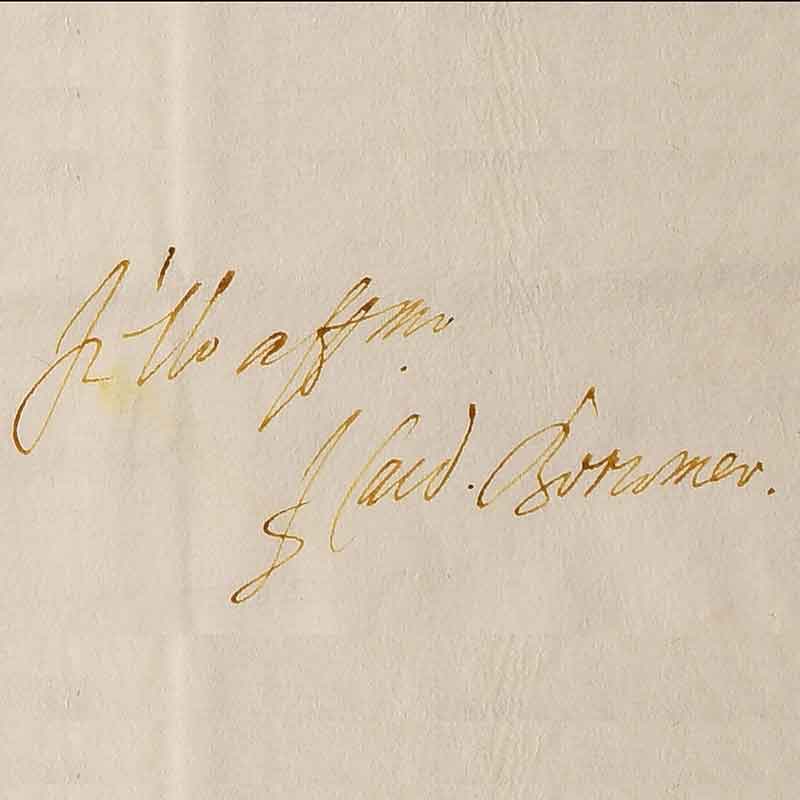 1564 - Federico III Borromeo
1564 - Federico III Borromeo
THE PROTAGONISTS
Born of Federico III Borromeo
A Milano nasce Federico III Borromeo, cardinale e arcivescovo di Miliano. Era il cugino San Carlo, a cui era molto legato. Venne citato da Alessandro Manzoni nel romanzo I Promessi Sposi.
L’autore dedicò molte pagine alla sua persona, descrivendolo come presenza pastorale benevola e austera, nobile di natali e di animo.
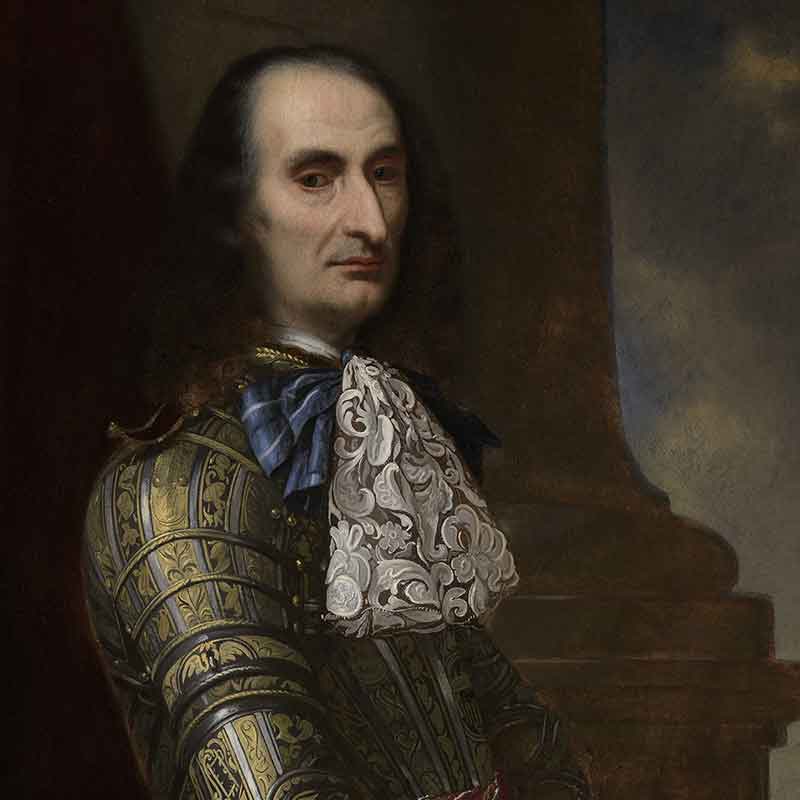 1620 - Vitaliano VI
1620 - Vitaliano VI
THE PROTAGONISTS
Vitaliano VI
Vitaliano VI Borromeo, considered the creator of the palace and garden of Isola Bella, was born. Very cultured and intelligent, he corresponded with heads of state and worthies from all over Europe. His extensive correspondence, conserved in the Borromeo archive on Isola Bella, contains numerous letters in which he describes the project in minute detail, even drawing the architectural details in the margins of the written texts.
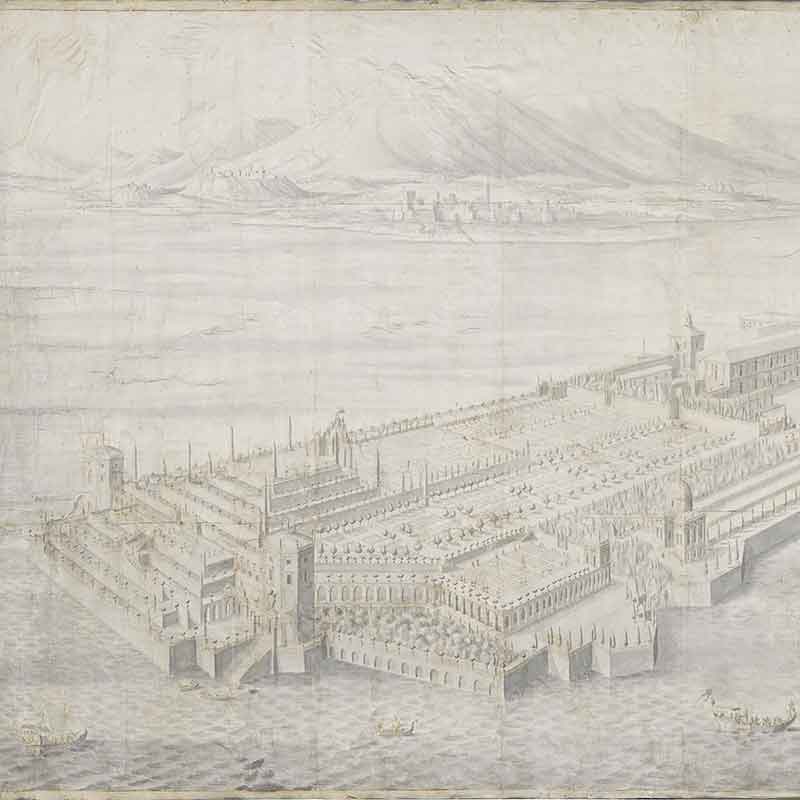 1631-71 - Garden of Isola Bella Borromeo Archive
1631-71 - Garden of Isola Bella Borromeo Archive
ISOLA BELLA
The italian-style garden
The garden of Isola Bella was created, decorated at its highest point by a statue of a unicorn, the symbol of the family. The garden is a perfectly conserved example of Baroque style. It is adorned with numerous statues, obelisks and fountains, which stand on terraces sloping down to the lake. Parterres of flowers are alternated with scenographies of stone that create genuine theatrical sets.
Seen from a distance, its shape is reminiscent of the stern of a galleon ploughing through the waters of Lago Maggiore.
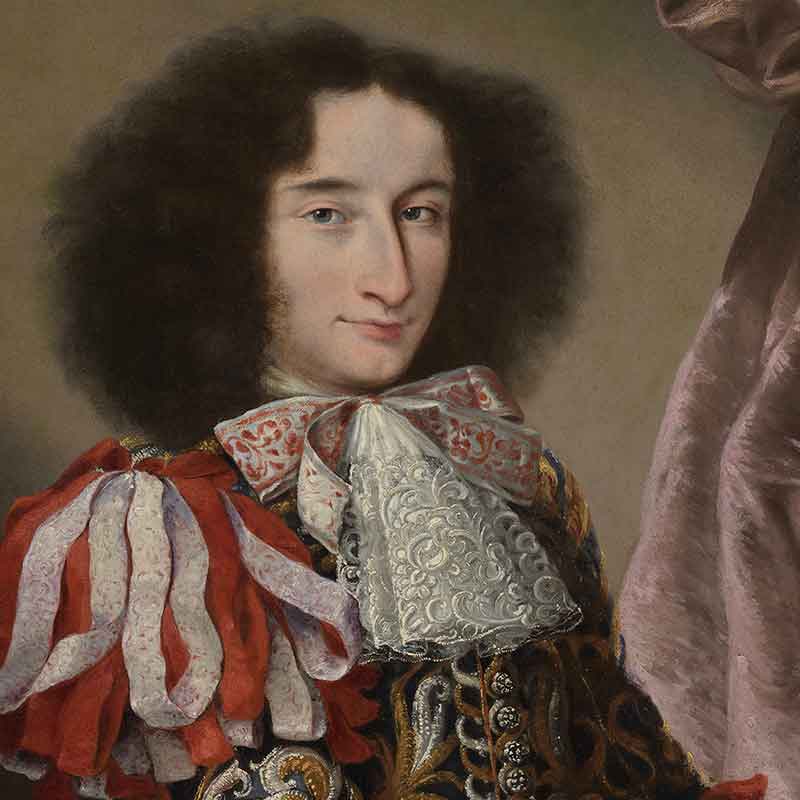 1657 - Carlo IV Borromeo
1657 - Carlo IV Borromeo
THE PROTAGONISTS
Born of Carlo IV Borromeo
Carlo IV was to join his surname with that of his first wife, Giulia Arese. An eclectic character, his second marriage was to be to Camilla Barberini and he would become Viceroy of Naples for the Habsburgs. He acquired the fiefdom of Maccagno on Lago Maggiore.
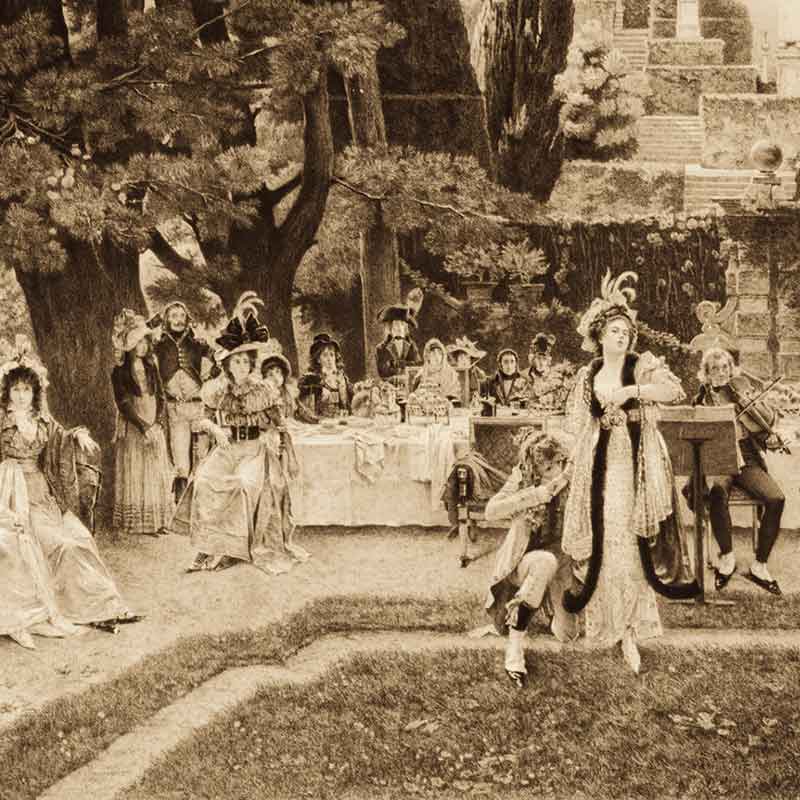 1797 - Napoleon Bonaparte
1797 - Napoleon Bonaparte
ISOLA BELLA
Napoleon Bonaparte
Napoleon Bonaparte stayed on Isola Bella for two days with a retinue of around sixty people. He was not welcomed in person by Count Borromeo, who was angered because the French army had destroyed the Rocca di Arona, one of his estates. The letters of the administrator of the palace telling the Count of the events speak of dirt, broken furnishings and the great rudeness of the emperor’s entire entourage. Luckily Napoleon found his stay on Isola Bella boring, as he did that on Isola Madre, where he went pheasant hunting. His room in the palace still exists, with the original bed where he slept intact.
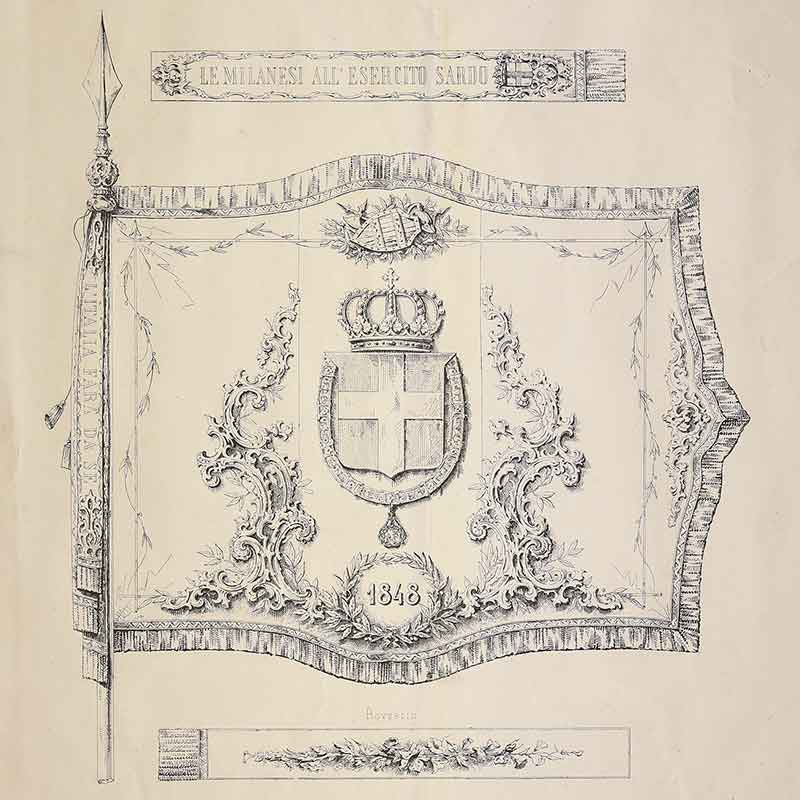 1848 - The Five Days of Milan
1848 - The Five Days of Milan
THE PROTAGONISTS
The Five Days of Milan
After the Five Days of Milan the Milanese nobles that had participated in it were fined by Radetzky. Among them was Vitaliano 9 , who had actively participated in the revolt. The price to be paid was very high for the finances of the count and the whole family.
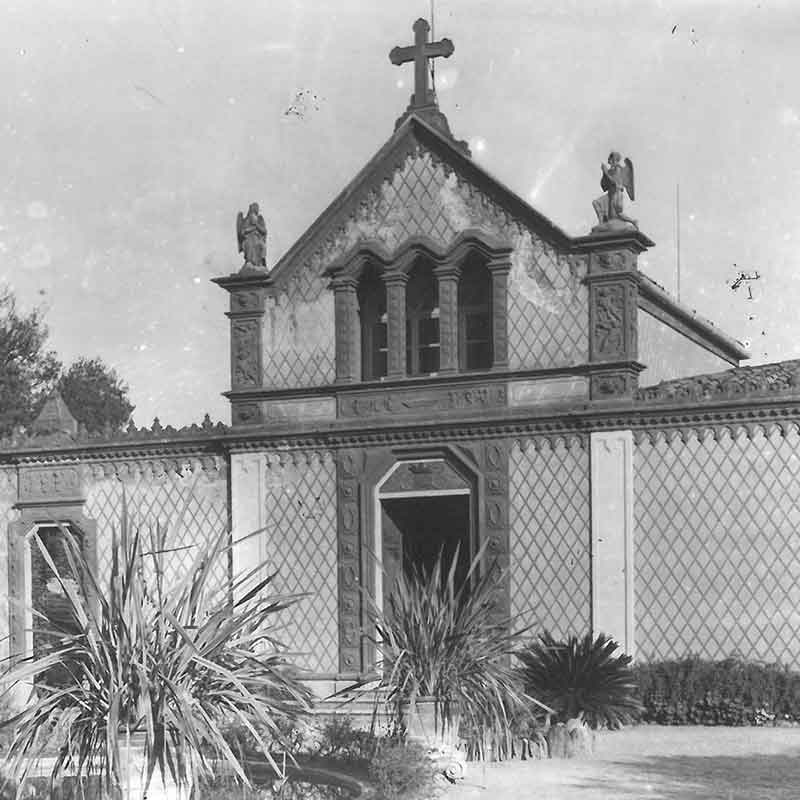 1858 - Chapel of San Vittore
1858 - Chapel of San Vittore
ISOLA MADRE
Chapel of San Vittore
The construction of the Family Chapel on Isola Madre, designed by architect Defendente Vannini, dates back to this year. It is a small church opposite the palace, the façade of which is decorated with terracotta panels.
Some members of the family are buried in the crypt.
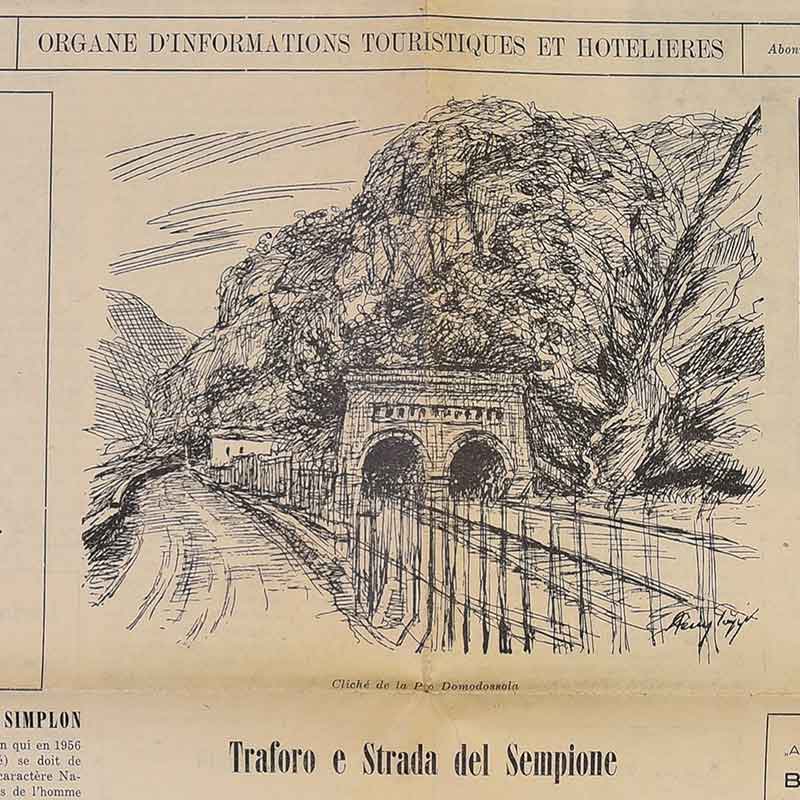 1906 - Simplon Tunnel
1906 - Simplon Tunnel
THE PROTAGONISTS
Giberto Borromeo and the Simplon Tunnel
The Simplon railway tunnel was inaugurated. Giberto Borromeo, senator of the Kingdom of Italy, was president of the Italian committee for the Simplon, which was built in just eight years (between 1898 and 1906) between Brig in Switzerland (Canton Vallese) and Iselle, near Domodossola in the current province of Verbano-Cusio-Ossola, and was to remain the longest railway tunnel in the world – almost 20 kilometres long – until 1982.
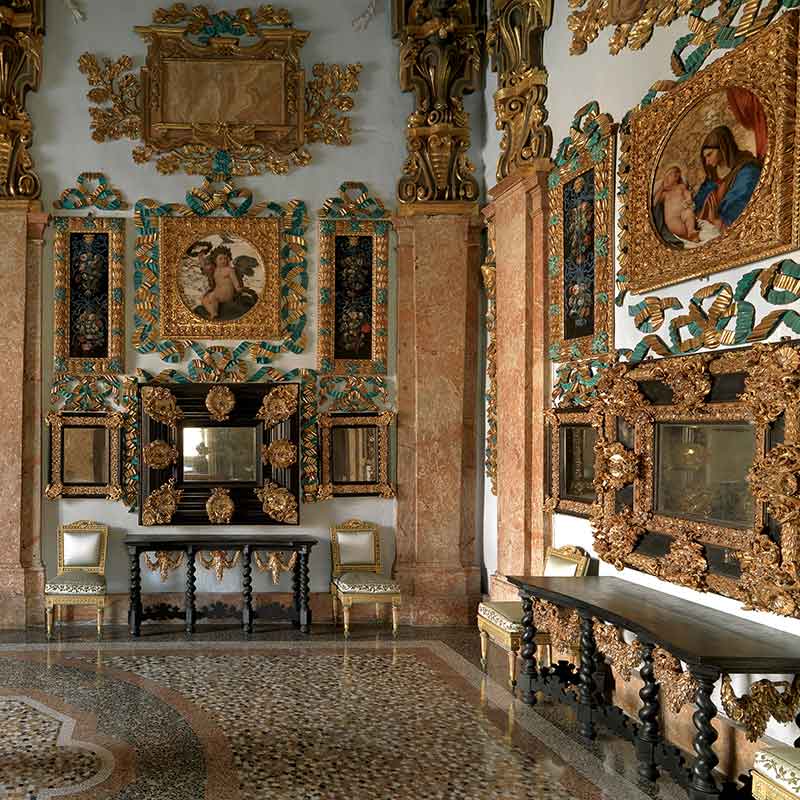 1935 - Stresa conference
1935 - Stresa conference
ISOLA BELLA
Stresa conference
The Stresa Conference, which between 11 and 14 April 1935 saw French Foreign Minister Pierre Laval, British Prime Minister Ramsay MacDonald and the Head of the Italian Government Benito Mussolini sit around the table, was held in the rooms of Palazzo Borromeo on Isola Bella.
The purpose of the agreement was to reaffirm the principles of the Locarno Treaties and to declare that the independence of Austria “would continue to inspire their common policy“.
The three parties declared themselves ready to react to any future attempt by Germany to amend or infringe the Treaty of Versailles.
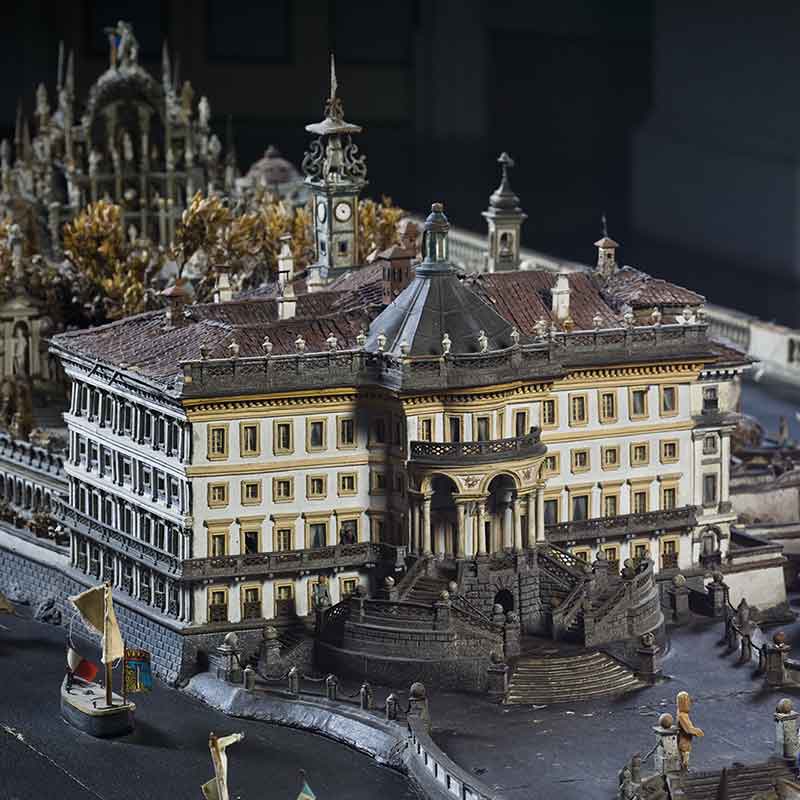 1948-58 - Completion of Palazzo Borromeo
1948-58 - Completion of Palazzo Borromeo
ISOLA BELLA
Completion of Palazzo Borromeo
As soon as he returned to Italy after the end of the Second World War, Vitaliano X Borromeo decided to complete the work on the Salone, which had been left incomplete, although a number of projects had been prepared in the past years. The decoration was executed following the original designs, but the magnificent dome that loomed over the building in the early projects was never built.
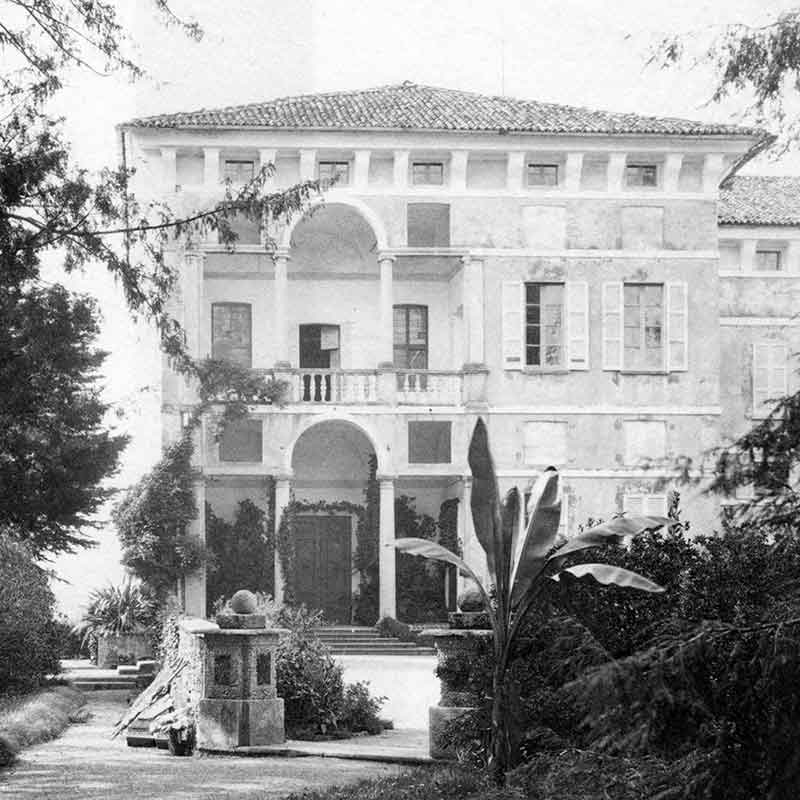 1978 - Opening of Palazzo Borromeo to the public
1978 - Opening of Palazzo Borromeo to the public
ISOLA MADRE
Opening of Palazzo Borromeo to the public
The Palazzo on Isola Madre, which had been abandoned for a long time, was restored and opened to the public. Part of the furnishings are original and part have come from other residences of the Borromeo family. Displayed inside it are objects of everyday life, such as the plates and the liveries of the staff.
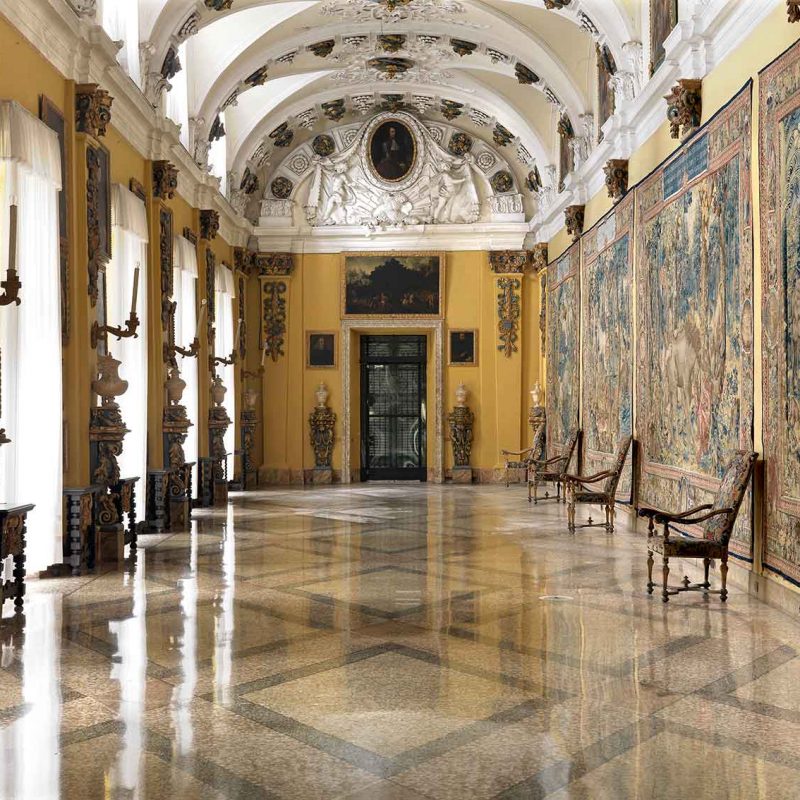 Borromeo Archive
Borromeo Archive
ISOLA BELLA
Borromeo Archive
The Borromeo Archive on Isola Bella contains almost five million documents, datable from 1300 to 1940. Most of the documentation regarding the history of the territory of the Borromeo fiefdom – which extended around practically the entire lake – is contained here. Notarial registrations, cash books, correspondence by the family members, musical scores and plenty of other materials are all held here at researchers’ disposal.
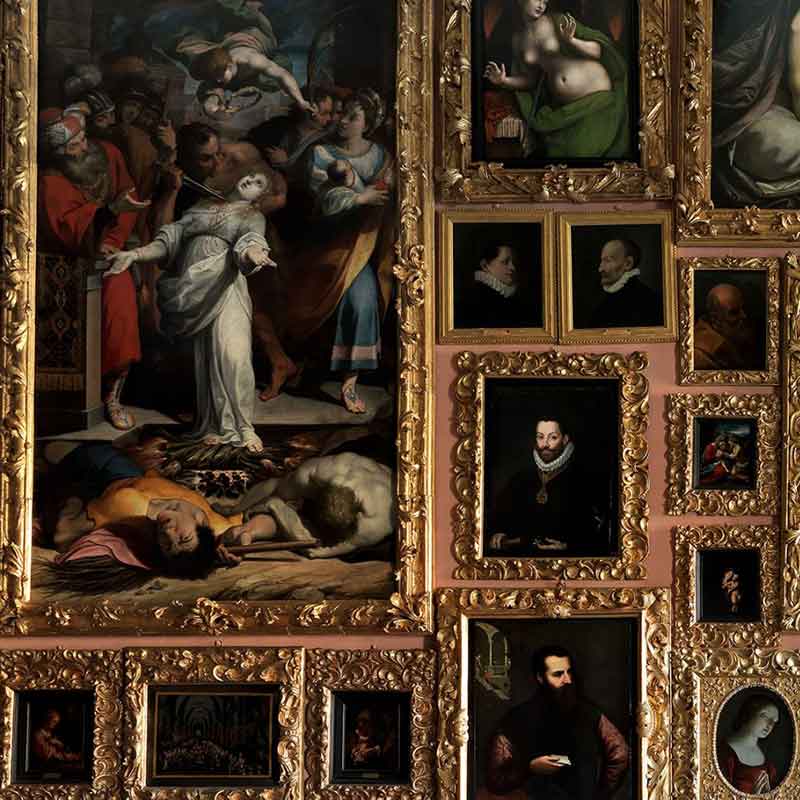 2008 - Reopening of Galleria Berthier
2008 - Reopening of Galleria Berthier
ISOLA BELLA
Reopening of Galleria Berthier
Prince Giberto VIII and Princess Bona Borromeo reopened the painting gallery of Isola Bella, also known as the Galleria del Berthier, to the public. The gallery is an example of a perfectly conserved 17th-century painting collection. 300 paintings and all the furnishings of this extraordinary wing of the Palazzo, the heart of the family art collections and evidence of the original furnishings of the house, have been restored. Photo Gallery.
Terre Borromeo
A story of love, protection and respect that has lasted for six centuries.
Who we areHelpful Tips
Hours
-
Isola Bella
-
Isola Madre
-
ROCCA DI ANGERA
-
PARCO PALLAVICINO
- Buy tickets, guided tours and much more safely and quickly directly online.
How to get
- Terre Borromeo is easily accessible! They are only an hour and a half from Milan and easily reachable from the main airports. Find out how to reach them by car, train and how to book the ferry that will take you to the islands.
What to see
-
Isola Bella
- Palazzo Borromeo +
- The Italian-style garden +
-
Isola Madre
- Palazzo Borromeo +
- The English-style garden +
-
Rocca di Angera
- The Historic Rooms +
- The Museum of Dolls and Toys +
- Ala Scaligera +
-
Parco Pallavicino
- The fauna +
- The flora +
-
Parco del Mottarone
- Mottarone Adventure Park +
- Bar Stazione +
- Rifugio Genziana +


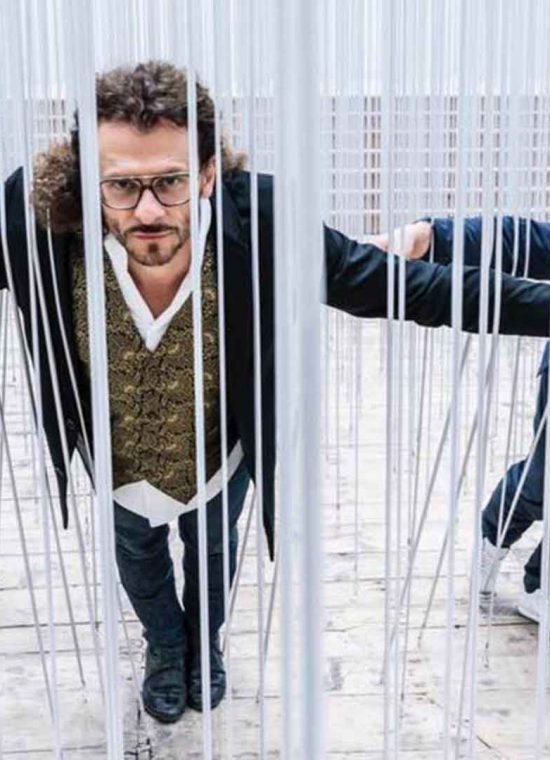
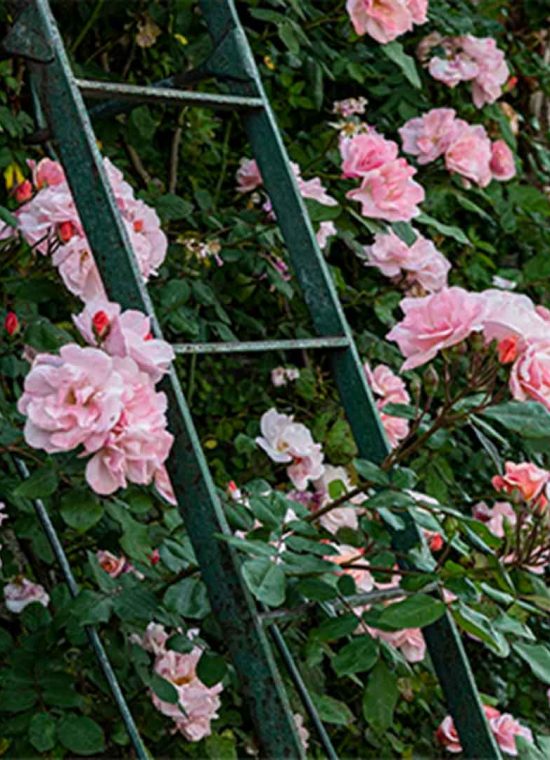
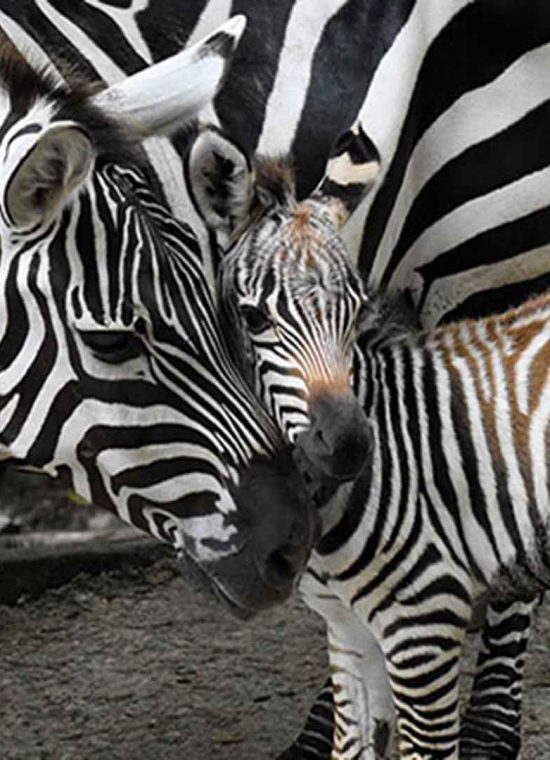




![Le previsioni per il prossimo weekend danno bel tempo!
.
Programmate una giornata all'Isola Bella: dopo la visita di Palazzo Borromeo con i suoi giardini, la terrazza del bistrot Fornello Bottega con Cucina è quello che ci vuole per un pranzo open-air vista lago, a base di prelibatezze italiane.
.
.
.
The weather forecast for next weekend is looking good!
.
It’s time to plan your day at Isola Bella. After visiting Palazzo Borromeo [Borromeo Palace] with its gardens; the terrace of the Fornello Bottega bistro and kitchen is the perfect place for an open-air lunch overlooking the lake. Here you can sample a range of Italian delicacies.
#terreborromeo #lakemaggiore #lagomaggiore #borromeoexperience #stresa #isolabella #gourmet #italianrestaurant](https://borromee.vivastaging.com/wp-content/plugins/instagram-feed-pro/img/placeholder.png)